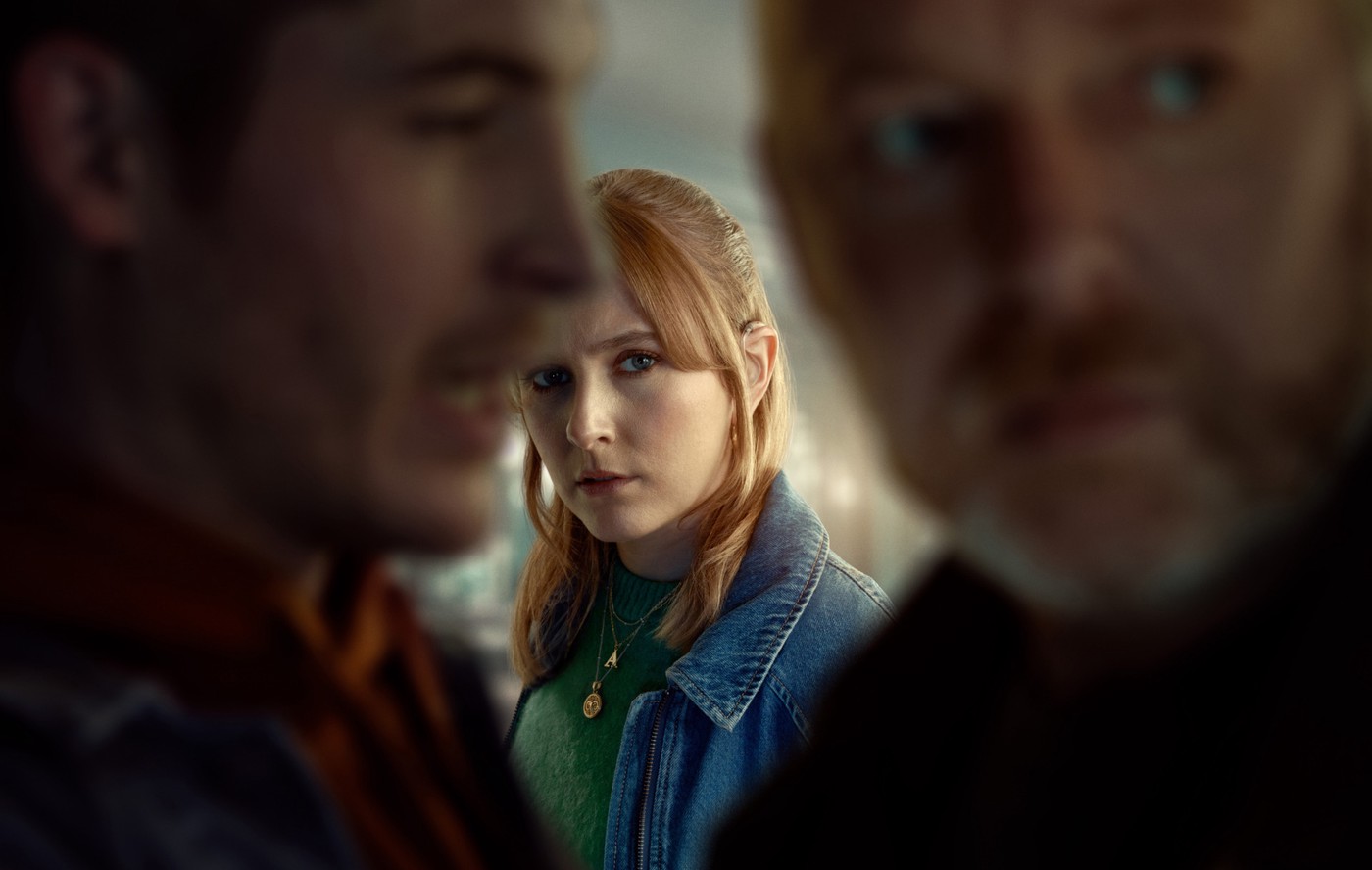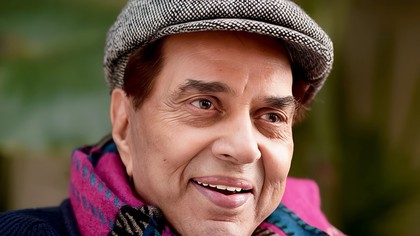Some of the most unforgettable moments on screen are the ones where no words are spoken at all. There is no monologue, no screaming match, no dramatic background score. Just a look. Just stillness. Just a pause long enough to carry everything the script did not say. In Indian web shows, there are performances that stay with you not because of how much the actor said, but because of how much they made you feel without speaking. These are the moments that pull the audience in closer, that ask for attention instead of demanding it, and that leave something behind long after the episode ends.
In Trial By Fire, Rajshri Deshpande’s portrayal of Neelam Krishnamoorthy is full of fury and heartbreak, but it is in her silences that the real weight of the role comes through. In scenes where she stares at a government official or walks past a photo of her lost children, her stillness becomes a language of its own. Her body holds the grief like a memory refusing to fade. There are moments where her eyes do more than entire dialogues could. She is not broken. She is just unbearably full. The kind of performance that doesn’t ask to be noticed but demands to be felt.
In Kohrra, Suvinder Vicky plays a haunted police officer grappling with loss, loyalty, and personal failure. What defines his role is not the case he is solving but the silence he carries with him while doing it. His scenes are not filled with rage or confrontation. They are filled with glances that linger too long, footsteps that hesitate, and hands that tremble only when no one is watching. The most powerful sequence in the show features no dialogue at all. Just his character looking at an old photograph and choosing not to cry. That restraint, that pause, tells you everything about who he is.
In Rudra: The Edge of Darkness, Esha Deol delivers a quiet performance as Shaila Dastur, a woman trapped in emotional turmoil. While the show thrives on high intensity drama, her presence becomes a counterbalance. In a world full of shouting matches and confrontations, she pulls back. Her grief, her fear, her rage, all sit just below the surface. In one scene, she listens to someone talk about pain while her face doesn’t move an inch. But her stillness betrays her. Her silence is louder than anything in the room.
In Tabbar, Namit Das surprises in a role that barely speaks but leaves a deep emotional imprint. His character is a quiet observer to chaos, someone who processes violence not with reaction but with reflection. His eyes register everything. His silences create space in the story. You realise over time that he knows more than he lets on. And that knowledge becomes heavier with every scene. In a show where most characters are loud and desperate, his stillness makes him the most unpredictable one of all.
These performances remind us that acting is not always about delivery. Sometimes, it is about knowing when not to speak. About letting the air in a room do the talking. About holding emotion so tightly that the audience feels it without needing to be told what it is. These actors turn silence into a performance tool, and stillness into storytelling.
It is in their eyes, in the way they sit still after a truth is revealed, in the pause between two sentences that never arrive. They remind us that silence is not the absence of expression. It is its sharpest form.
Follow Binge Moves on Instagram and Facebook for more reflections on the scenes, faces, and quiet moments that shape the stories we cannot stop thinking about.











